Kaulig Announces Dye and Haley Joining Ram Craftsman Truck Effort
Team Also Announces It Is Pausing Its Xfinity Program To Focus On Ram Effort
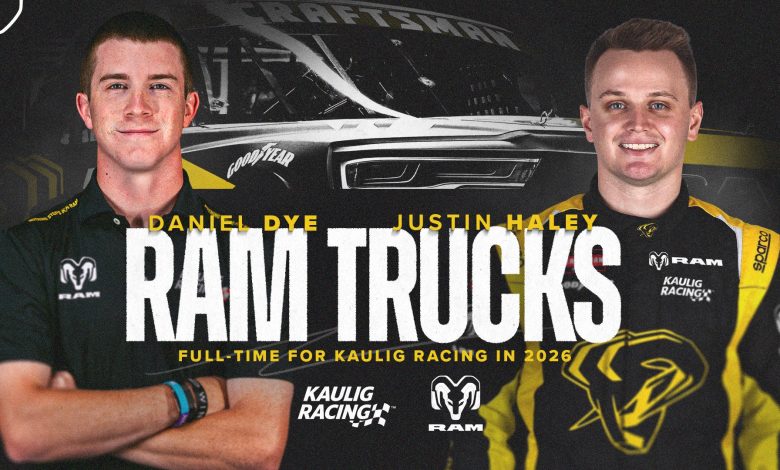
Kaulig Racing has announced a major organizational shift for the 2026 NASCAR season—pausing its long-running Xfinity Series program to focus entirely on developing a new five-truck effort with Ram in the NASCAR Craftsman Truck Series. The move solidifies Kaulig’s role as the lead team for Ram’s highly anticipated return to NASCAR competition.
Team President Chris Rice confirmed the decision on The Morning Drive on SiriusXM NASCAR Radio, explaining that it was both strategic and necessary for the long-term growth of Kaulig Racing.
“We have to focus on our Ram trucks and our Cup program,” Rice said. “We really don’t have a choice. We have to make sure that the Ram trucks are where they need to be.”
“You guys will see us back in the Xfinity Series in the coming years,” he added. “But we have to pause it for a little bit. Matt [Kaulig] and I made this decision flying home one day. It’s been emotional for me over the last month as we made this decision.”
From Xfinity Contenders To Truck Leaders –
Since its Xfinity debut in 2016, Kaulig Racing has become one of NASCAR’s most successful independent organizations, collecting 27 wins, 18 poles, 141 top-fives, and more than 330 top-tens. But Rice said the time was right to pivot.
“We’ve accomplished a lot in Xfinity,” he said, “but Ram’s return gives us a rare opportunity to do something special and grow our team in a new way.”
Ram exited the Truck Series after the 2012 season, ending a 17-year run that included back-to-back championships in 2004 and 2005 with Bobby Hamilton and Ted Musgrave. Now, under Stellantis, the brand is returning with Kaulig Racing as its anchor organization—fielding a full-time lineup of Ram 1500 trucks in 2026.
The First Three Drivers Named –

Kaulig Racing has revealed the first three members of its five-truck roster: Daniel Dye, Justin Haley, and Brenden “Butterbean” Queen, the reigning 2025 ARCA Menards Series champion.
Dye, who has spent 2025 driving for Kaulig in the Xfinity Series, will remain with the team as part of the Truck effort. For him, joining the Ram 1500 program feels like coming home.
“Getting to drive for Kaulig Racing in the Truck Series while representing Ram next year is truly special for me,” said Dye. “Some of my earliest memories are going to and from school and baseball practice in my dad’s Ram pickup, and when it came time for me to get my driver’s license, my first vehicle was a Ram 1500. It’s safe to say Ram has always been a part of my life, so I’m proud to be able to represent them.”
Haley, who first found success with Kaulig in Xfinity before moving up to the Cup Series, also makes a homecoming with this move.
“It’s a privilege to have the opportunity to race with Kaulig Racing again,” Haley said. “Matt Kaulig believed in me from a very early point in my career, and we’ve shared a lot of success together. It’s a blessing to be back home with Kaulig and help the team forge their way on this new journey in the Truck Series with Ram. I’m excited to be around people who have believed in me from the start, and that will give me all the tools and resources we need to win races and compete for championships.”
Kaulig Racing team owner Matt Kaulig said he’s thrilled to see the new lineup come together.
“Justin is an important part of our past, and I’m thrilled that he is returning to be a part of our very bright future,” Kaulig said. “Daniel grew up in the Ram family, so it is super cool that he gets to represent Ram in their return to NASCAR. Both drivers have great stories to tell that align perfectly with what we’re building here.”
Building For The Future –
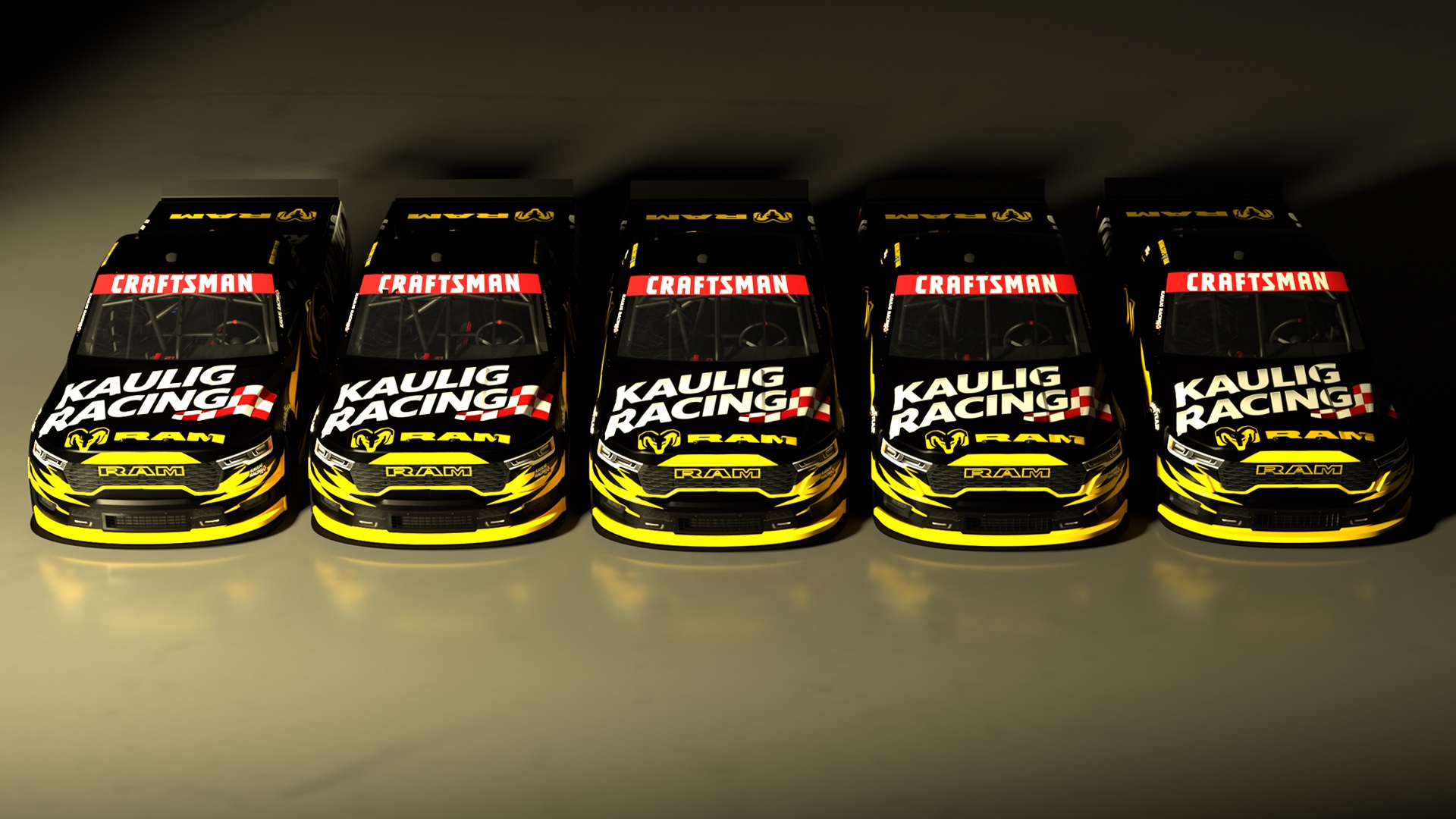
Kaulig’s 2026 Truck Series entry will feature five full-time Ram 1500s, with two more drivers yet to be announced. The organization is expected to be a factory-supported partner, developing race-ready versions of Ram’s full-size pickup for the modern NASCAR landscape.
This development also strengthens Kaulig’s existing relationship with Stellantis and its long-term Cup Series ambitions. Industry insiders believe Kaulig could serve as a natural fit if Stellantis reintroduces the Dodge brand to the NASCAR Cup Series in the future.
Source: Racing America and The Morning Drive

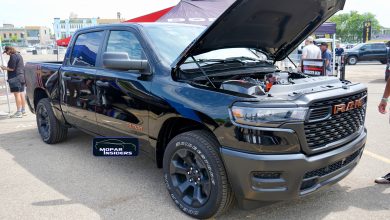

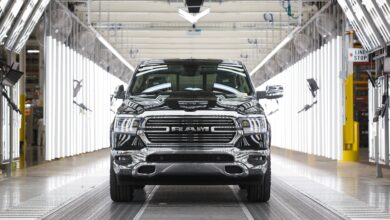
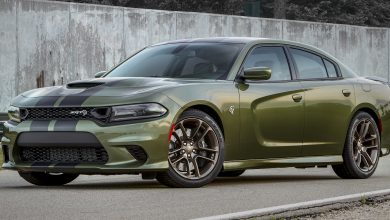
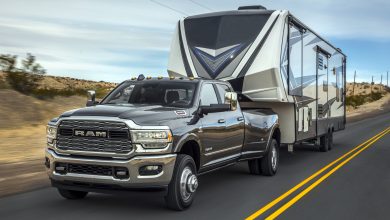
2 replies
Loading new replies...
Join the full discussion at the Mopar Insiders Forum →